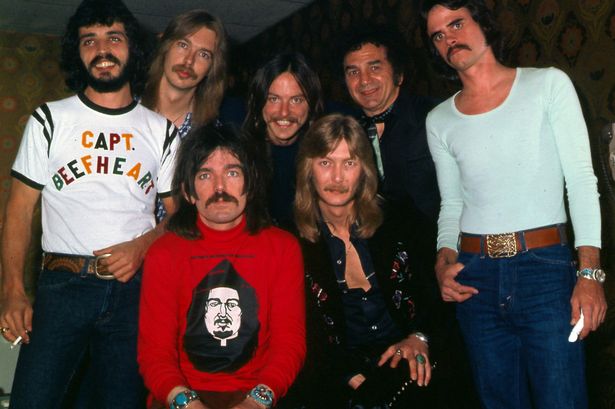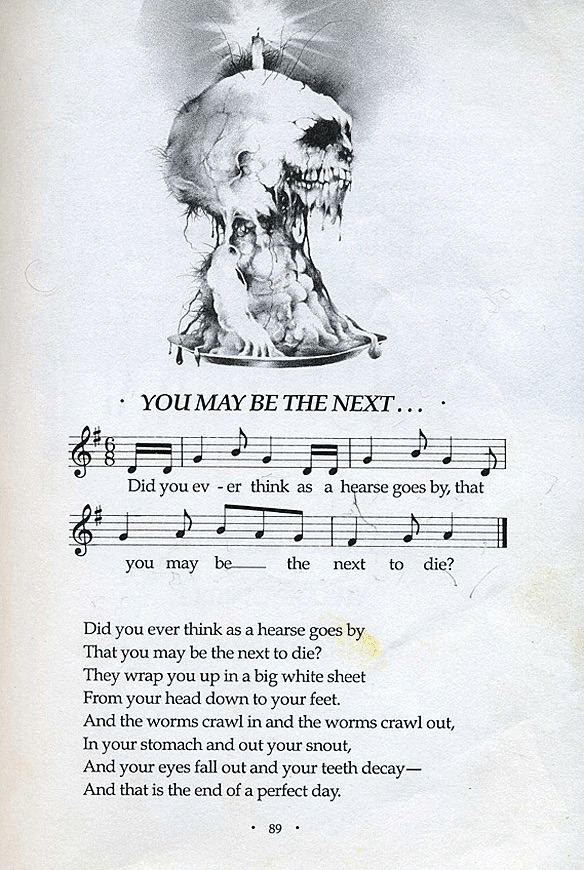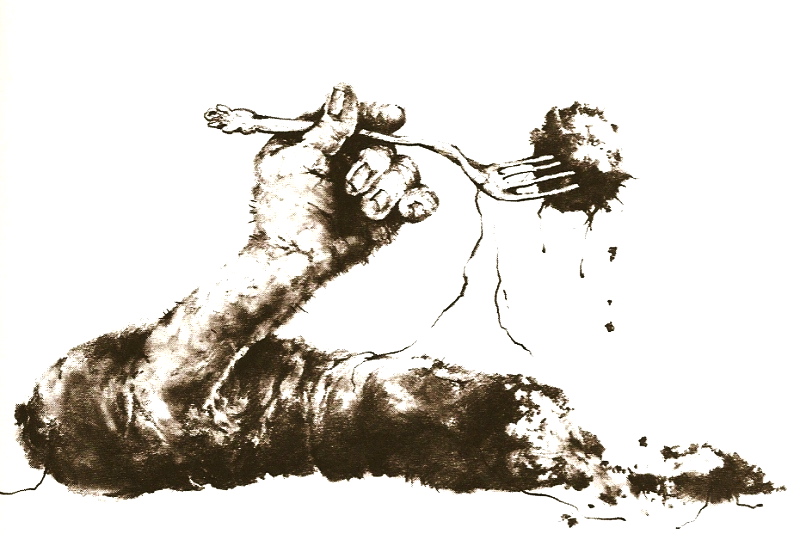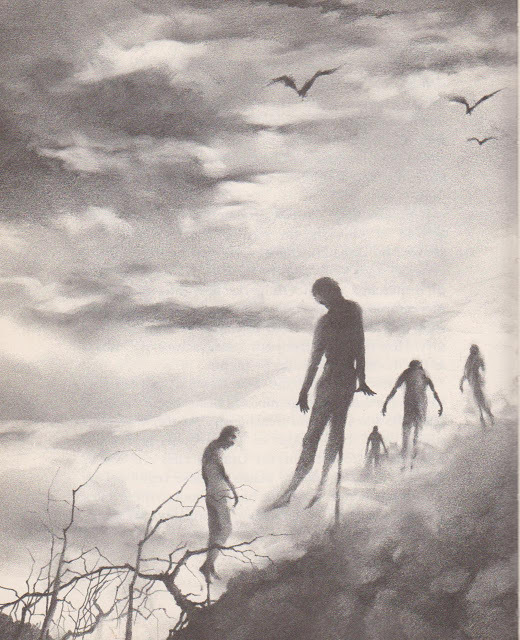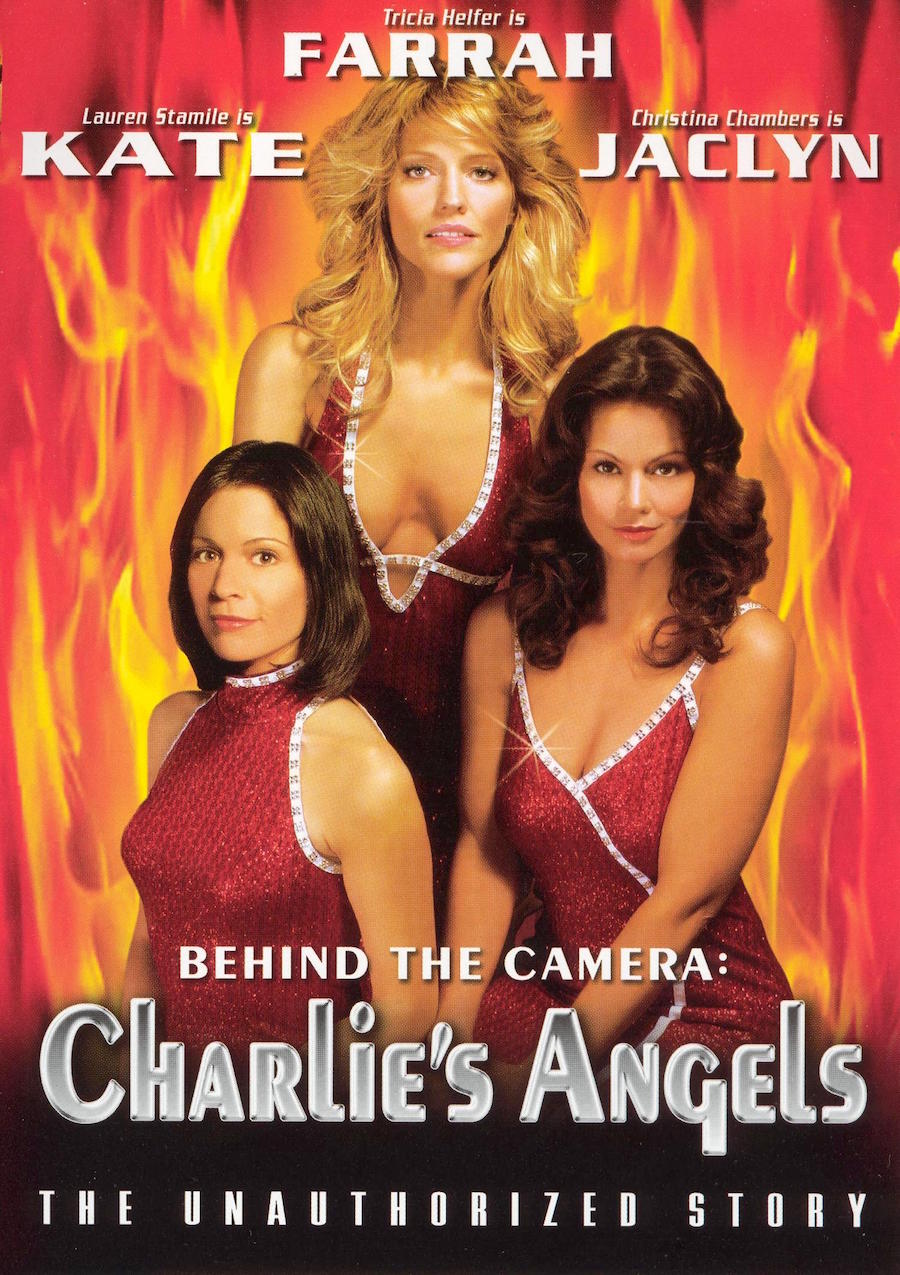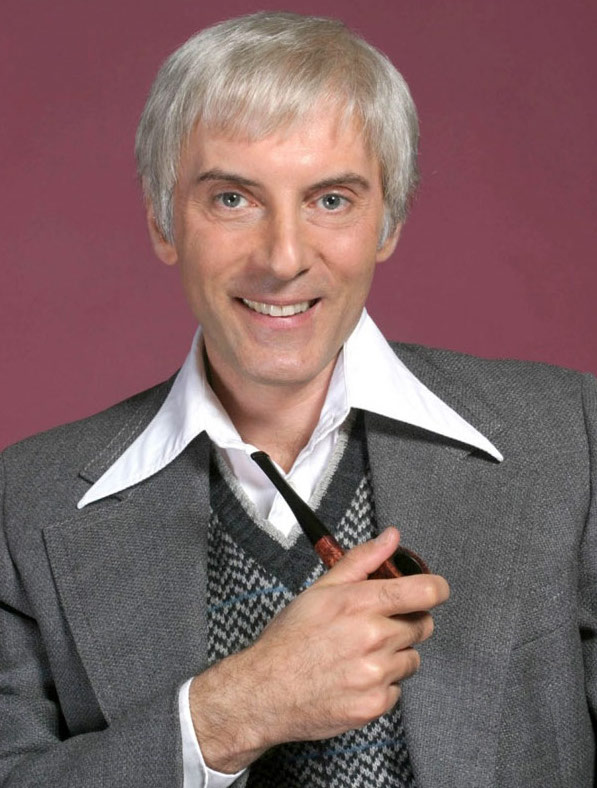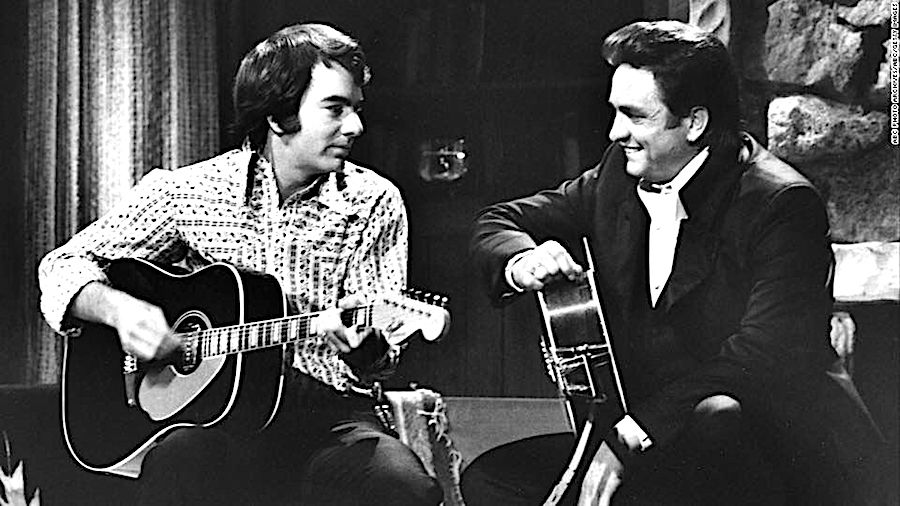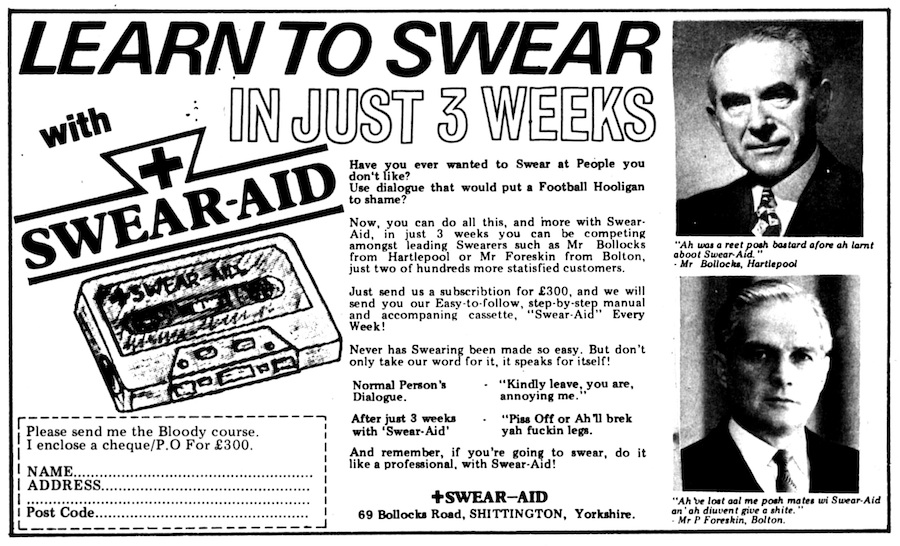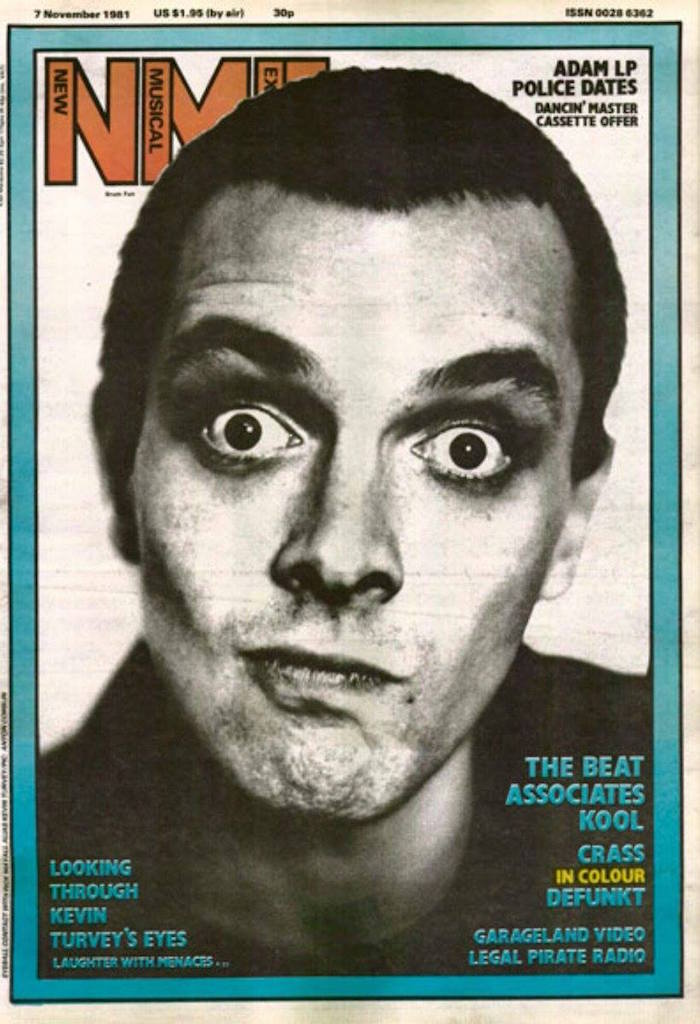
Has God seemed distant recently? Does He no longer return your calls? Did He forget your birthday? Does He no longer go down on you?
Well don’t lose faith kids, just say a prayer to Rik Mayall.
Comedy God Rick Mayall may have died in 2014 but he is now up there in Heaven making Jesus laugh with his fart jokes, impressing Moses with his humungous willie, and drawing cartoons for Mohammad.
I tell you, I often say a prayer to Saint Rik of The Young Ones. And you know, most times I get a reply. It could be a merest waft of noxious gas, a childish burp, a disdainful snort, or just the usual disembodied hand waving two-fingers at me.
If people pray to saints and what-have-yous who have been dead for hundreds of years then why not Rik who has hardly been dead at all and brought his penis, I mean happiness to millions of people.
I first came across Rik accidentally when I hit the remote button during a porn movie (ahem) suddenly the screen was filled with this bug-eyed loon reciting poetry about theater and Vanessa Redgrave. Who was this juicy hunk of mammal? What was he doing? Why was he so angry? Why was he so funny?
Mayall was one of those “Alternative Comedians” who had established themselves through London’s pub rock circuit before finding residency at the Comedy Store in London in the late 1970s. There was a whole bunch of them: Alexei Sayle, Nigel Planer, Peter Richardson, Dawn French, Jennifer Saunders, Andy de la Tour, and Mayall’s comedy partner Ade Edmondson. And if the press were to be believed (which generally they’re not) these young people were taking over everything. To be fair, it was very difficult to see any one of these acts in the late seventies early eighties on TV. Yes, yes, they did, of course, pop up on late night chat shows like Friday Night, Saturday Morning, or the strange one-off hybrid series like Boom, Boom, Out Go the Lights—which mixed traditional and alternative comedy, or sketch shows like the hugely popular A Kick Up the Eighties. But a five minute blast here or a half-hour there wasn’t exactly storming the Crystal Palace.
At the time out of the Alternative Comedians, it was between Mayall and Sayle who appeared the most on TV. Sayle had been the compere at the Comedy Store who changed his style of stand-up after seeing Robin Williams. He performed his Marxist-inspired routines on a variety of what might be loosely termed traditional shows—most surprisingly on O.T.T. an adult version of kids cult show Tiswas—kids, Sayle once remarked, loved him, but he wasn’t exactly fond of the little critters. Mayall, meanwhile, appeared in adverts for candy bars, sketch shows, music shows (reading his poetry, of course), and then established himself in the nation’s psyche as the investigative reporter Kevin Turvey in A Kick Up the Eighties.
So far so good. But it was when he wrote and devised The Young Ones with Lise Mayer and Ben Elton circa January 1981 that the world was about to change and a Comedy God appear unto nations.
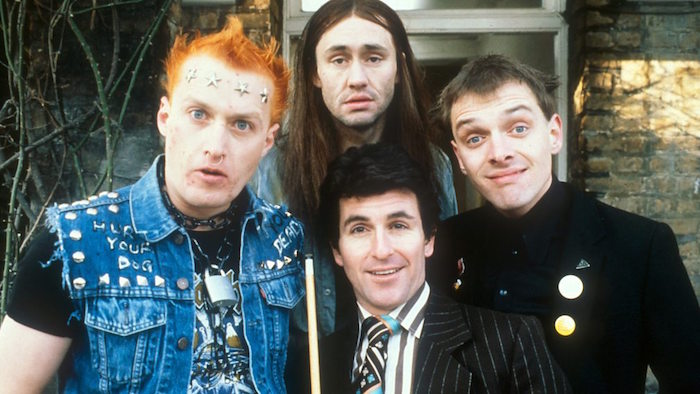
‘Once every lifetime…’
Nine o’clock on a Tuesday night, November 9, 1982, The Young Ones were unleashed onto the world. Though the series followed a traditional sitcom format of four people in a room with a TV, The Young Ones managed to divide a nation and started, for want of a better word, modern comedy. This was a time when there were just four main channels on British TV: BBC 1 and 2, ITV, and the newly launched Channel 4—which some areas of the country didn’t yet receive. Television hadn’t changed much over the previous decade or two. Monty Python and Spike Milligan’s Q series had made some inroads but their shock value had gone. The Young Ones horrified an older generation who believed these four selfish, nasty, incompetent, and odious characters Rik, Vyvyan, Neil, and Mike would corrupt their offspring and lead to the downfall of civilization. Some wanted the show banned. Others wanted the BBC Licence Fee stopped. But, for a younger generation who were starved of any television programs they could relate to, The Young Ones was like a hand grenade going off at a church service.
Keep reading after the jump…







